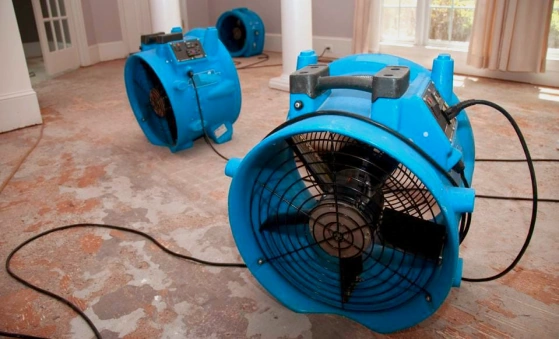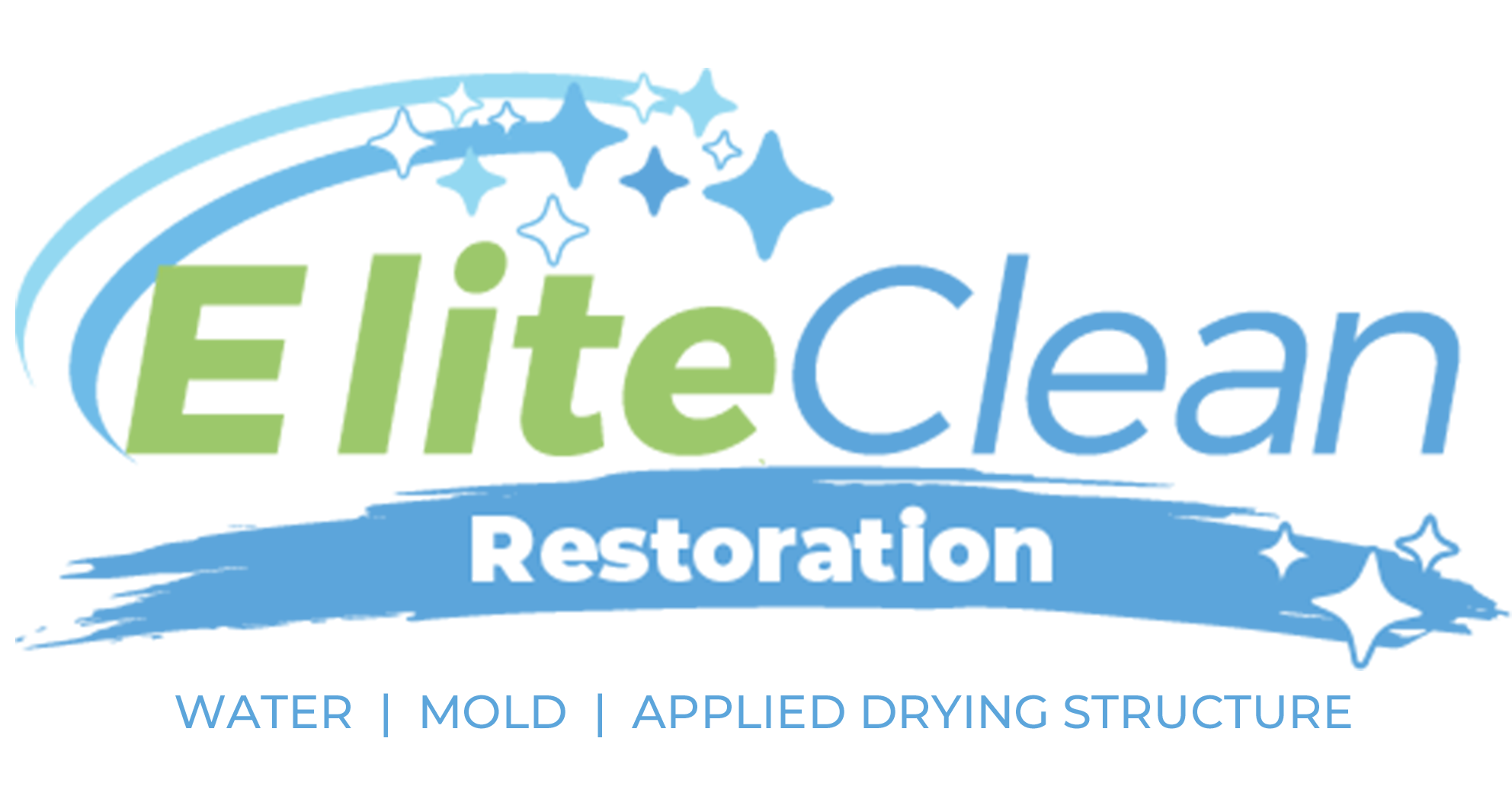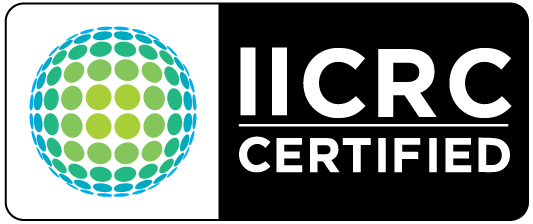Water damage is arguably the most common type of property damage that can occur due to the numerous ways it can occur. Internal issues such as an appliance malfunction, a pipe burst, a sewage backup, and other factors can cause it. It can also occur as a result of natural causes such as flooding or rain.
When water damage occurs, regardless of the cause, you should act quickly. The longer excess water remains on your property, the more havoc it causes, necessitating water extraction and mitigation.
Risks of Water Damage to Your Property
Continuous water leaks, intrusion, or stagnant water damage the construction materials of your property. If you have water damage in your home or office, don’t wait until irreparable damage has occurred. There are numerous risks to living with water damage, including:
- Risk of health issues related to mildew, mold, and other damage from continuing exposure
- Living with a terrible odor
- Causing floors and walls to warp
- Reaching electrical outlets, wires, and other appliances not compatible with water
- Weakening your home’s structural integrity which can result in structural collapse or failure
What are the Solutions for Water Damage?
Water damage to your property can cause severe structural damage, compromise its integrity, and create an ideal environment for toxin production and mold growth. As a result, you require efficient and quick measures to mitigate and restore water damage, thereby avoiding serious health issues and permanent property loss.
Cleaning up and restoring water damage can be a difficult process. Water mitigation, extraction, mold mitigation, water damage repair, and other processes are involved. When damage has already occurred, the first step is to remove all water from the affected area. This prevents it from spreading to other areas and causing further damage.
What Water Extraction Entails
Water extraction entails the removal of all standing water from your home or business, as well as the removal of excess moisture. The water extraction process not only prevents additional structural damage to your property, but it also reduces the risk of secondary water damage and mold growth, as well as speeds up the drying process. Professional water extraction services, such as Elite Clean Restoration, are required to ensure the process is completed meticulously.
To begin, our professionals will remove all standing water from your property using powerful submersible pumps and industrial-strength wet and dry vacuums.
- These strong industrial-grade pumps can extract gallons of water at a time. This is accomplished by pumping up the water inside and directing it outside through an opening in the property or a drain. If the water level is high, our experts will deploy submersible pumps to continuously pump out the water.
- Our industrial-strength wet/dry vacuums are also used to extract excess water from porous surfaces, carpets, and hardwood floors. Our experts will begin by disinfecting the area with a cleaning solution before thoroughly vacuuming it. Typically, a tank is attached to the vacuum to hold the extracted water.
During our professional water removal process, our experts also use additional water extraction equipment, including:
- Infrared cameras to help locate ‘hidden’ water behind ceilings and drywall
- Hygrometers and moisture detectors can help conduct moisture testing
- Portable and truck-mounted extraction units
Water extraction requires the removal of water from all wet surfaces, including those that do not have standing water. This ensures that any water trapped in the affected area’s grooves and cracks is completely extracted. At this point, we begin the water mitigation process.

What Water Mitigation Entails
In a nutshell, mitigation is the reduction of property loss as a result of a disaster. Water mitigation is thus defined as the process of sanitizing, drying, and cleaning a commercial or residential property in order to reduce water damage. Flooding, sewage backup, pipe leaks, and other man-made or natural disasters can all cause such damage. In a nutshell, it entails taking immediate and effective steps to prevent further water damage.
Cleaning the affected areas, removing salvageable belongings, applying disinfectants, and drying and deodorizing the premises are examples of such actions. This complex process should be handled by the water damage restoration experts at Elite Clean Restoration in Indianapolis, Indiana.
Typically, the water mitigation process entails the following:
- Removing damaged building materials and furniture, as well as damaged flooring and drywall
- Removing all man-made and natural debris from your property
- Disinfecting and cleaning all salvageable assets on your property
- Using commercial-grade equipment to dry out your commercial or residential property thoroughly
- Protecting and stabilizing the integrity of your property. This can include applying tarps, boarding up the windows, and carrying out other precautionary measures
- Disinfecting and cleaning surfaces and household materials
Because the affected area cannot be repaired until it has dried, thorough and expert drying is essential and should be performed by an experienced and well-equipped water damage restorer. Depending on the extent of the water damage, drying out your property may take a few days to a few weeks. You can easily jeopardize your property’s structural integrity if you skip this step or perform it inefficiently, prematurely, or unprofessionally.
Water Mitigation Equipment
For a successful water damage restoration, all remaining moisture from structural materials and the air must be removed. Elite Clean Restoration’s water mitigation experts use specialized diagnostic tools such as moisture meters to detect dampness levels in your property. We can also use powerful equipment like industrial air scrubbers, air movers, and dehumidifiers to dry out your property.
Other appropriate water mitigation equipment includes sub-floor drying systems, wood floor drying systems, and high-speed fans. They are very effective at removing and evaporating any remaining moisture from your building, restoring optimal humidity levels. This also prevents swollen, rotted, or warped furniture, floors, and walls, as well as mold-friendly environments.
These professional air sanitizers and drying equipment are typically left on your property until moisture, temperature, and humidity testing shows that the affected area has been completely dried out and restored to healthy, safe, and appropriate humidity levels.
However, keep in mind that, while professional water mitigation services can successfully prevent additional water damage, they cannot replace or repair damaged property. Professional water damage restoration services are required to return your residential or commercial property to its pre-loss condition.
The Difference between Water Mitigation and Water Extraction
Many people believe that water extraction and water mitigation are synonymous, which is completely false. On the one hand, water extraction is simply the removal of excess moisture and water from your property. Water mitigation, on the other hand, is a more meticulous process that aims to prevent water damage from worsening.
Furthermore, while water mitigation must begin with water extraction, it is not limited to water removal alone. Furthermore, water mitigation should not be used instead of water remediation. Water mitigation seeks to prevent further damage, whereas water remediation seeks to eliminate the threat of water damage.
The Importance of Water Damage Restoration
Professional water damage restoration experts focus on rebuilding and reconstructing your property after the water mitigation process is complete. This includes dealing with any subsequent problems caused by water damage, such as mold growth. Water damage restoration services include the following:
- Mold elimination
- Replacement of damaged drywall, flooring, and other building materials
- Final testing of moisture and humidity levels to ensure they are back to normal
- Repairing any damage to your commercial or residential property’s roof
If there is structural damage, this stage of the restoration process is frequently completed last. The entire water damage restoration process begins with water removal, continues with mitigation, and concludes with water damage repair. Although you can get these services separately, professional water damage restoration companies like Elite Clean Restoration provide them all. Our clients are thus assured of the best possible results.
Hire the Best Water Damage Restoration Company in Indianapolis, IN
If you ever have a water damage incident on your commercial or residential property in Indianapolis, IN, or the surrounding neighborhoods, contact Elite Clean Restoration right away. Our experts have the knowledge and specialized equipment to handle any water damage, no matter how severe or extensive.
We go above and beyond to ensure a professional water damage restoration job is completed quickly and efficiently, restoring your home or commercial property to its pre-damaged condition. So, if you want to get your life back on track quickly after water damage to your property, call us right away for quick and thorough water damage restoration services.
Visit Elite Clean Restoration in Indianapolis, IN, for more information on water mitigation and extraction. You can also get a free quote by calling (317) 914-9866 today.

